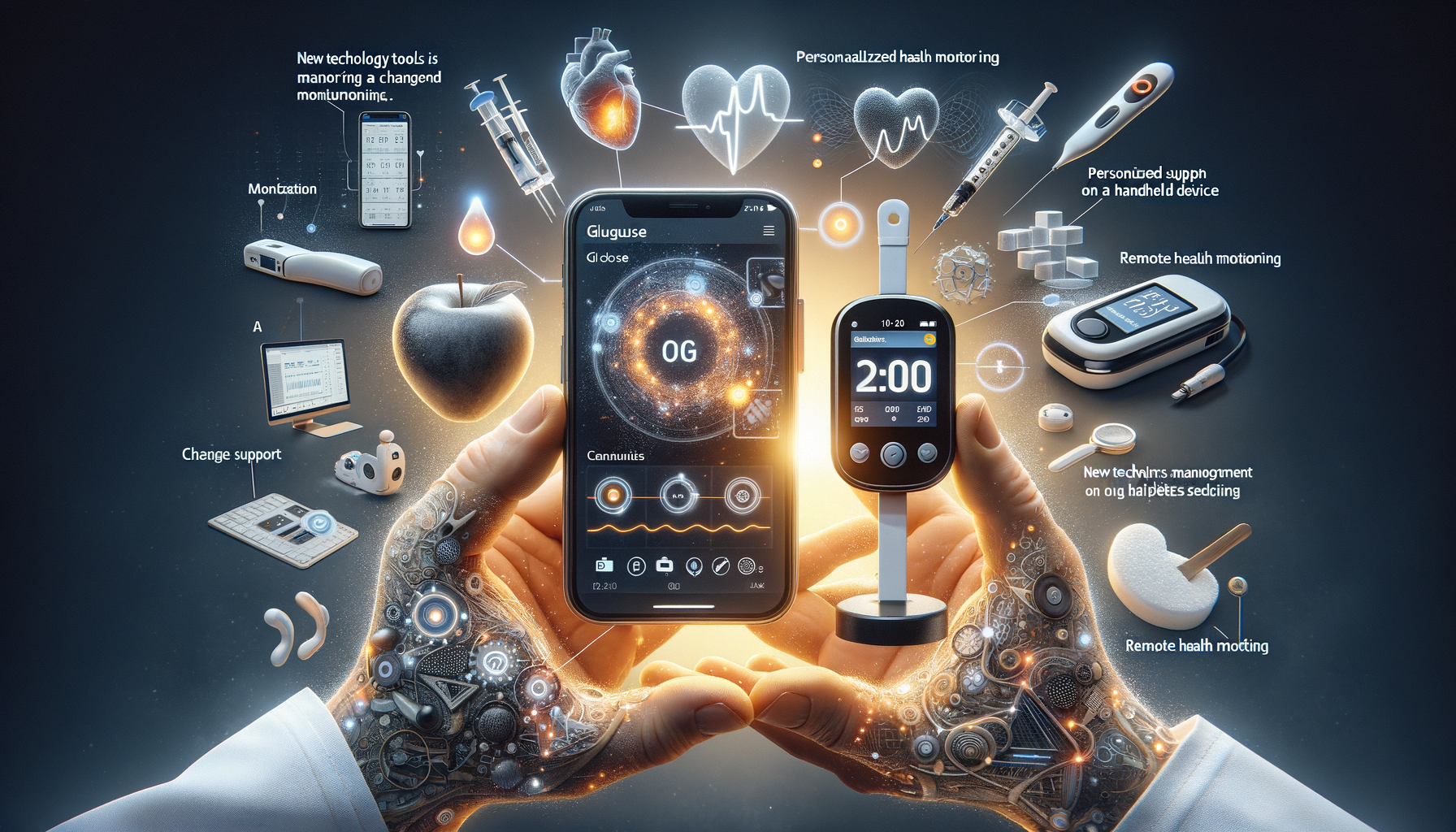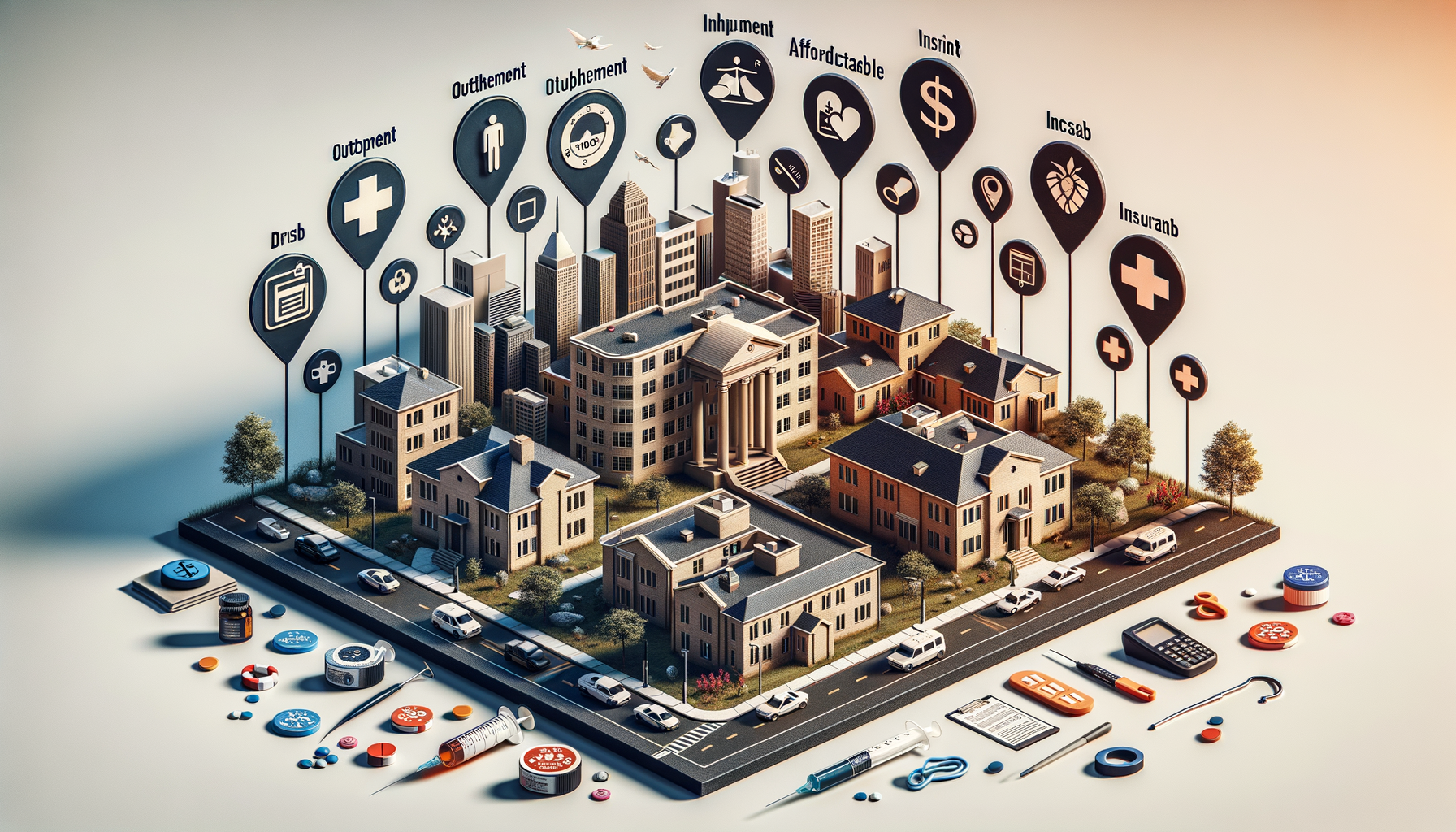Introduction: Embracing Technology in Diabetes Management
In recent years, the management of type 2 diabetes has seen significant advancements, thanks to the integration of innovative technologies. Continuous glucose monitors (CGMs) and AI-driven health apps are at the forefront, offering a more dynamic and personalized approach to diabetes care. These tools provide real-time insights and support, enabling individuals to make informed decisions about their health. The revolution in monitoring and support tools not only enhances individual care but also represents a broader shift towards more connected and personalized healthcare solutions.
Revolutionizing Monitoring with Continuous Glucose Monitors
Continuous glucose monitors are transforming the landscape of diabetes management. Unlike traditional methods that require periodic finger-pricking, CGMs provide a comprehensive view of glucose trends throughout the day. This real-time data allows users to understand how their lifestyle choices, such as diet and exercise, impact their glucose levels. By offering continuous feedback, CGMs empower users to make proactive adjustments to their lifestyle and medication, potentially reducing the risk of complications associated with diabetes.
CGMs work by using a small sensor placed under the skin, which measures glucose levels in interstitial fluid. The data is then transmitted to a display device, often a smartphone, providing users with immediate insights. This technology not only enhances the accuracy of glucose monitoring but also improves convenience and comfort for users. As a result, CGMs have become a crucial tool in effective diabetes management, offering a more nuanced understanding of glucose fluctuations and aiding in the prevention of hypo- and hyperglycemic episodes.
AI-Driven Health Apps: Personalized Support on Your Device
Artificial Intelligence (AI) is making waves in the healthcare industry, particularly through health apps designed to offer personalized support. These apps utilize AI algorithms to analyze data from various sources, including CGMs, to provide tailored recommendations and insights. Users receive personalized advice on diet, exercise, and medication, which can significantly enhance their diabetes management strategy.
AI-driven apps excel in their ability to learn from user data, adapting their recommendations based on individual patterns and preferences. This personalized approach not only improves user engagement but also fosters a sense of empowerment and control over one’s health. By integrating AI with health monitoring, these apps bridge the gap between data collection and actionable insights, offering a comprehensive solution for managing type 2 diabetes.
Remote Monitoring and Support: A New Era of Connectivity
The advent of remote monitoring and support tools marks a new era of connectivity in healthcare. These tools enable healthcare providers to remotely access patient data, facilitating timely interventions and personalized care plans. For individuals with type 2 diabetes, remote monitoring offers the advantage of continuous oversight without the need for frequent in-person visits.
Remote monitoring systems typically involve the use of CGMs and AI-driven apps, which transmit data to healthcare professionals in real-time. This connectivity ensures that any concerning trends in glucose levels are promptly addressed, reducing the risk of complications. Moreover, remote support tools provide a platform for ongoing communication between patients and healthcare providers, fostering a collaborative approach to diabetes management.
As technology continues to evolve, the integration of remote monitoring and support systems is expected to become more prevalent, offering a seamless and efficient healthcare experience. This shift not only benefits individual patients but also enhances the overall healthcare system by optimizing resource allocation and improving patient outcomes.
Conclusion: The Future of Diabetes Management
The integration of continuous glucose monitors, AI-driven health apps, and remote monitoring tools represents a significant advancement in the management of type 2 diabetes. These technologies offer a comprehensive and personalized approach to care, empowering individuals to take control of their health. As these tools continue to evolve, they hold the potential to further revolutionize diabetes management, improving quality of life and reducing the burden of the disease.
For those living with type 2 diabetes, embracing these technologies can lead to more effective and informed management of their condition. By staying connected and informed, individuals can make proactive decisions that enhance their health and well-being, paving the way for a healthier future.



Leave a Reply